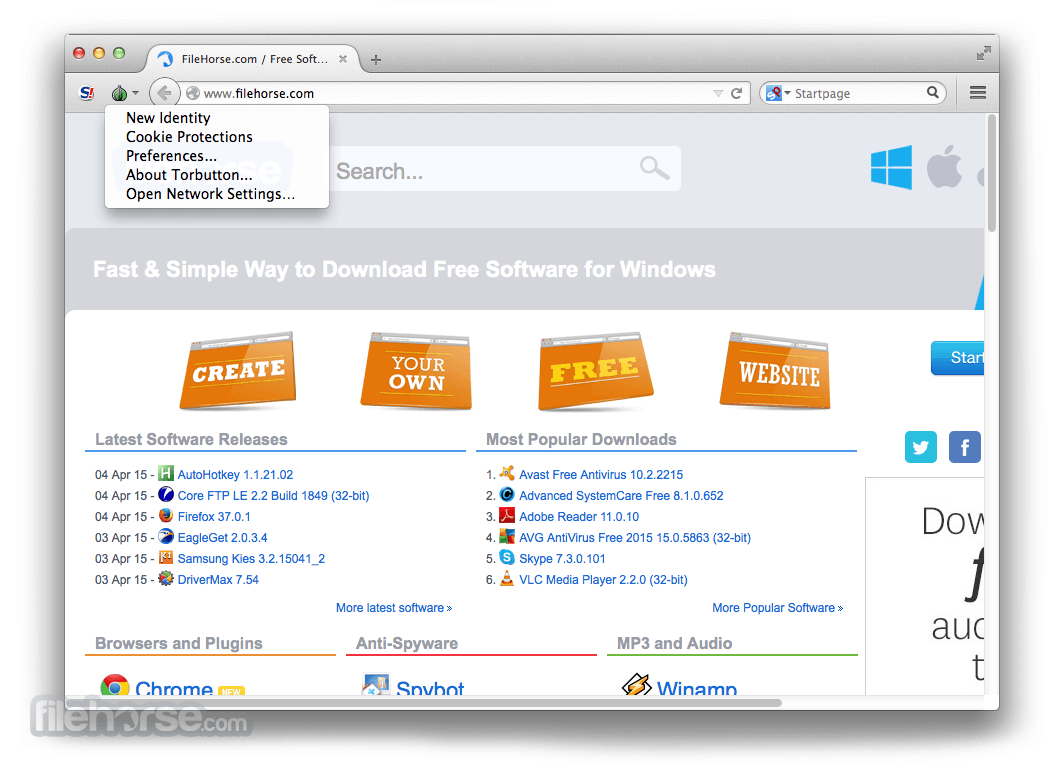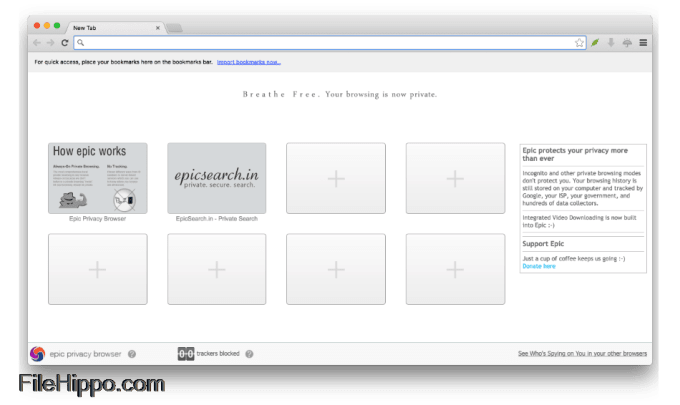

Tor domain names correspond directly to the address of the server hosting the site. Tor sites, on the other hand, don't have a DNS. This way, authorities can essentially block sites that they don't want you to access. Now, because a DNS is needed to look up the IP address of a specific website, authorities can see what site you are trying to access and blacklist it from the DNS. Your browser navigates to that computer using the IP address, reads the website data, and displays it on the screen. The IP address points to a specific computer on the network where the site is stored. When you type any website name in your browser's address bar, for instance, a Domain Name System (DNS) translates the website name into an IP address. Unlike regular ".com" domains, Tor sites have the ".onion" at the end of their domains.īefore we jump into Tor sites, let's see how normal sites work. Tor sites are only accessible through The Onion Router (Tor). Similarly, journalists and whistleblowers also use the Tor protocol to communicate discreetly on the dark web.
#Tor browser mac filehippo free
People living in countries that heavily censor free speech use the dark web to bypass DNS-based geoblocks. A major use of the dark web is encrypted, untraceable communication. It's no secret that shady deals go down on the dark web, but that is just one part of the network. Tor sites have ".onion" addresses instead of ".com" addresses that you're familiar with.

Therefore, if you want to access the dark web, you need to use the Tor Browser.

The sites that live on the dark web don't work like regular websites, and search engines like Google don't index them. The dark web is the part of the internet that can't be accessed using standard web browsers. Related: Little-Known Deep Web Sites You Might Actually Like This way, they remain hidden from the public, hence the term "Deep Web." For instance, web pages containing sensitive government information like reports and bills don't appear on Google. The deep web is that part of the surface web that is not indexed by search engines but can be accessed using regular web browsers. In other words, everything indexed by search engines like Google is part of the surface web that is freely visible to the public. For instance, anything you can find with Google or other search engines is part of the surface web. The surface net or the visible part of the internet is, as you might have guessed, the web that is visible to the public. We can divide the internet into three parts:


 0 kommentar(er)
0 kommentar(er)
